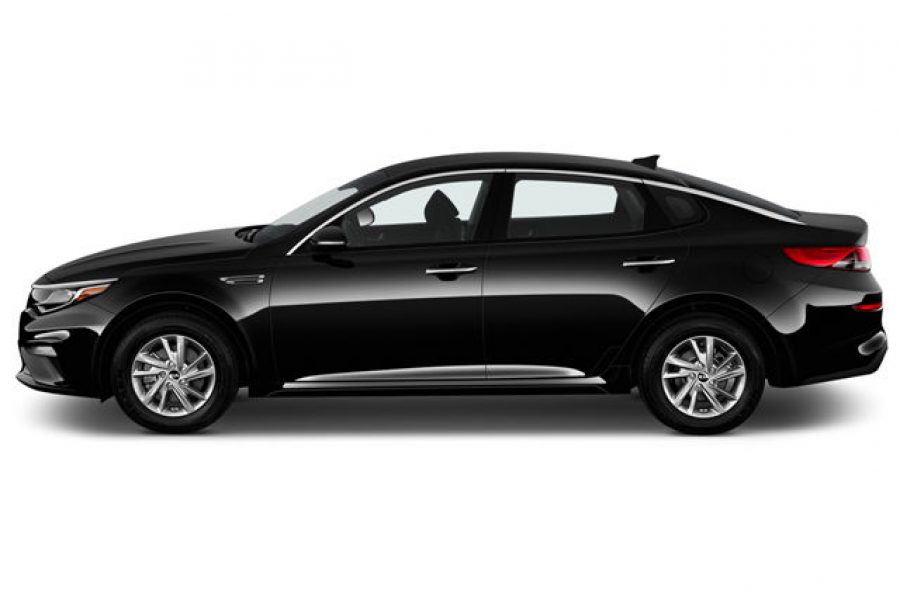
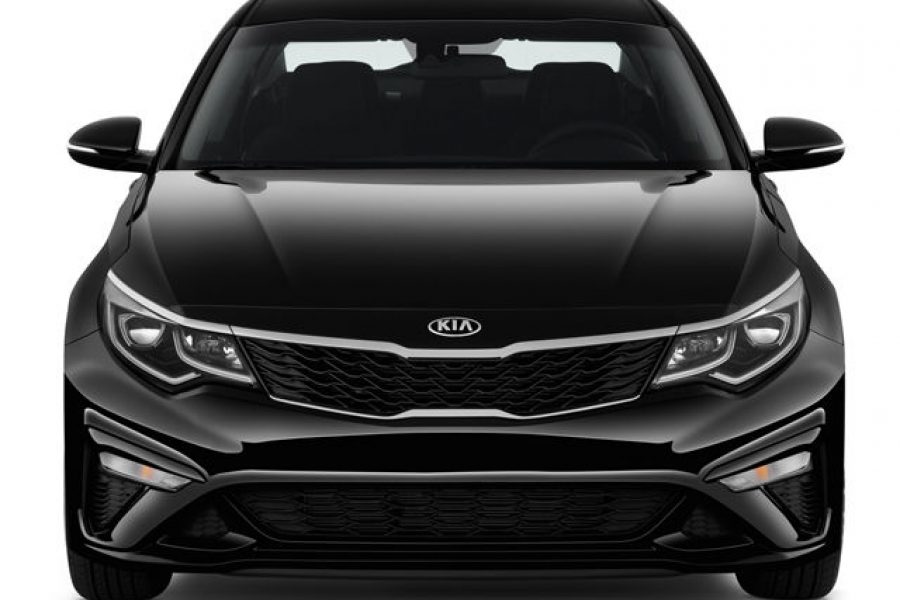
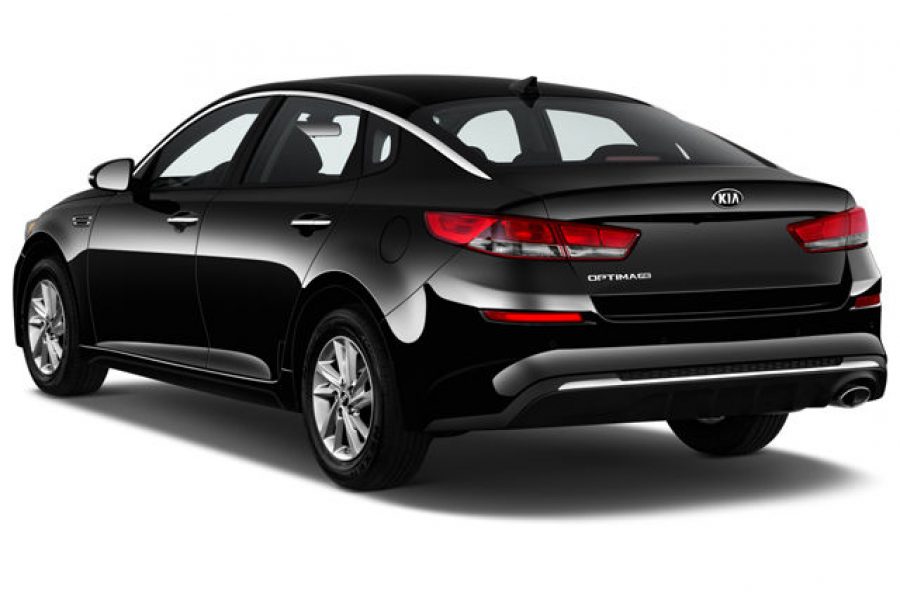
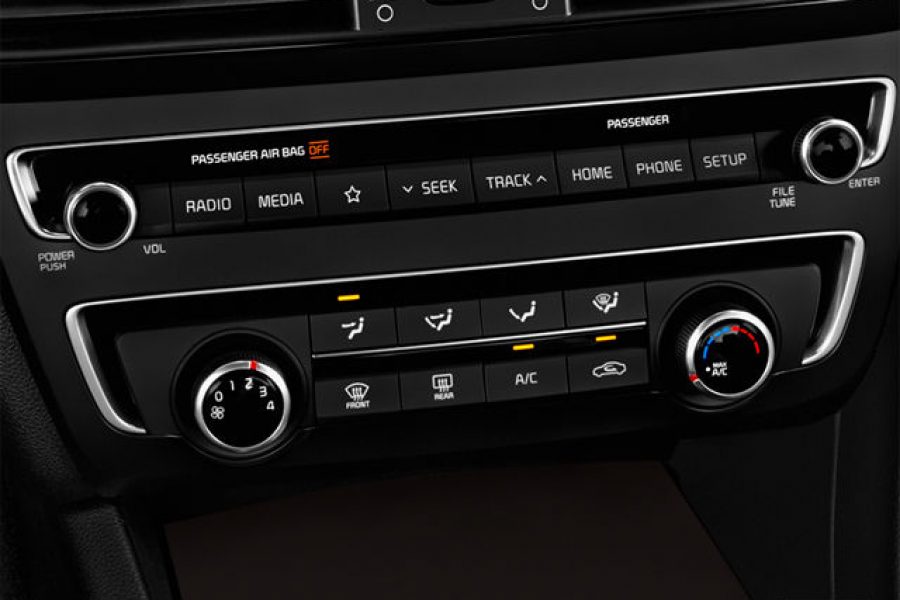

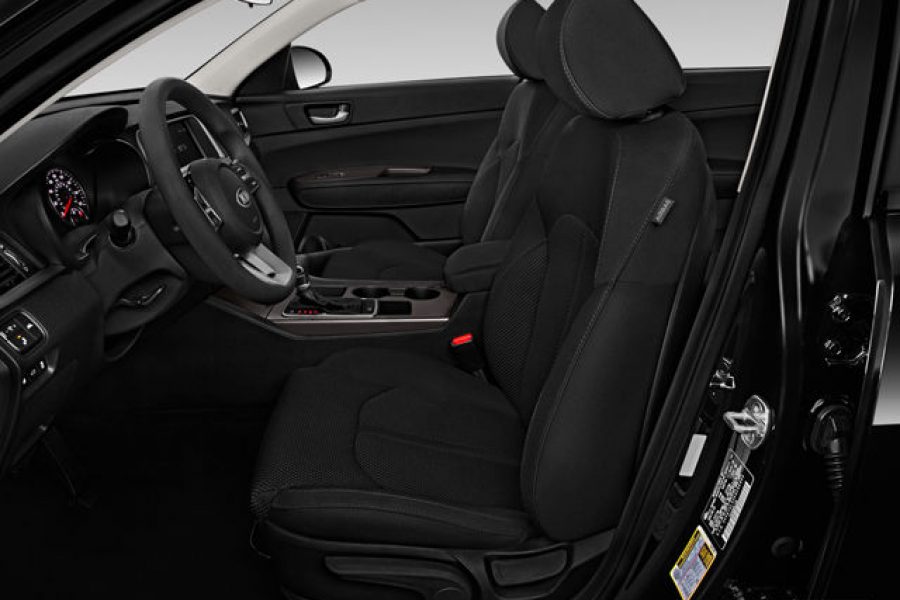
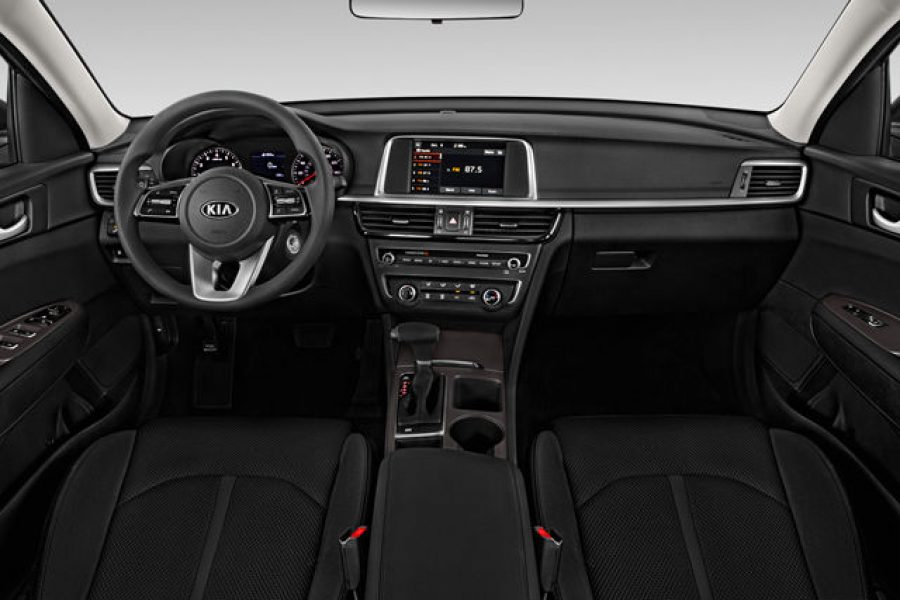
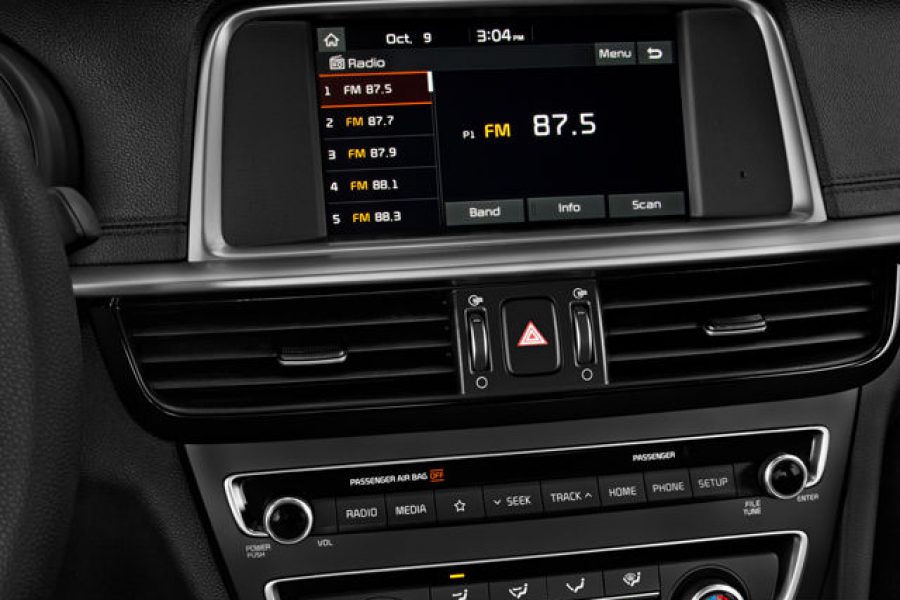
The Kia Optima has attractive styling and compelling content, but it struggles to stand out among more desirable classmates. The flashy family sedan offers a smorgasbord of distinct engines and hybrid powertrains, but neither its performance nor fuel economy rises above average. The Kia has an unrivaled powertrain warranty and excellent safety ratings, but its back seat is smaller than some rivals, and hybrid models have reduced trunk space. On the other hand, it has a well-built interior and plenty of standard driver-assistance technology. Still, the 2020 Optima is a sufficient option for families who want a sedan and don’t care about driving verve.
The base powertrain is a non-turbocharged four-cylinder and six-speed automatic transmission; it’s quick but sometimes slow to react to inputs and sounds a little rough when coaxed into its upper ranges. We much prefer the smoother, sharper, and quicker combination of the turbo 1.6-liter four and the seven-speed automatic transmission that represents the second rung in the Optima’s powertrain ladder. The range-topping turbo 2.0-liter four-cylinder is refined and pleasing but less powerful and significantly slower from zero to 60 mph than its direct competitors.
Drivers who are concerned about fossil-fuel consumption will be glad to learn of the Optima’s two hybrid powertrains—one a conventional hybrid, the other a plug-in with an EPA-quoted 29 miles of EV range. Kia makes both hybrids drive like normal cars, so the unobservant passenger might never notice a difference between an Optima with an electric motor and one without. The Optima’s ride is comfortable and controlled, even driving over the challenging pavement. While we expect few drivers of mid-size sedans to take their cars anywhere near their handling limits, it’s worth noting that the Optima loses its composure a few ticks before the valedictorians in this class, including the Accord and Camry.